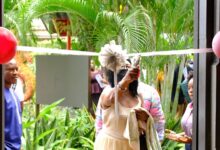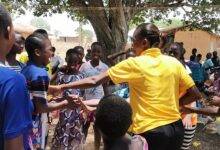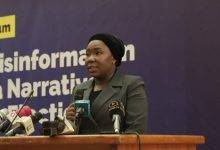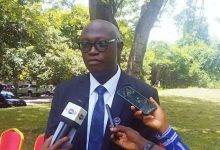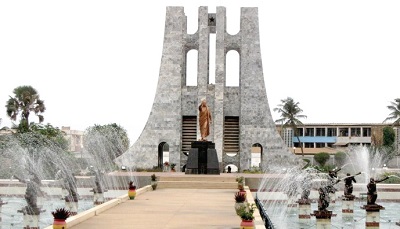
The Executive Director of the Ghana Museums and Monuments Board (GMMB), Ivor Agyeman-Duah, has urged Ghanaians to patronise the country’s museums and historical sites to learn more about the country, as he outlines plans to make the heritage business more viable.
“History is not only learnt in text books. There is a visual history you learn when you visit these museums and monument sites. In the museums, you will see things you have read about which are critical to, especially, school children.
“Some images may have lasting values for them and if they don’t remember any historical lessons at all, those images will also remind them of what it is that they were taught,” Mr Agyeman-Duah told the Ghanaians Times in Accra on Tuesday.
According to him, his outfit had embarked on rehabilitation of some of the dilapidated museums to make them safer for their patrons with work ongoing on some of them.
With the Ussher Fort slave and Ho Museums which were closed down three years and now opened to the public, he said work on the national gallery here in Accra which was started in 2015 had resumed.
With the Upper East Regional Museum under rehabilitation, he said his outfit had opened an office in the Western Region which hitherto was dependent on the Central Region administratively, meanwhile, “we have eight of our monuments in that region so we thought that to diversify our portfolio and create attraction to the region we should have an office.”
The GMMB, he revealed, had taken delivery of 12 presidential vehicles used by Ghana’s first president, Dr Kwame Nkrumah from 1957 to former President John AgyekumKuffuor; some of which are motorable.
“So we are hoping that as part of our tourism package, people will come here most likely from December or January, not only to see some of these vehicles which are 65 years, but some of the motorable ones could be rented out for the people to have a feel of them.”
He added that the GMMB under the ‘Sankofa Project’ has reworked on all Ashanti traditional buildings to make them historical sites for the appreciation of the history of the people.
The above interventions, he said, would come to naught if the people whose history was being preserved were not involved and encouraged to patronise the sites.
In this regard, he said, the Board was deepening relationship with its stakeholders and the general public especially the youth for them to appreciate the need to embrace these monuments and museums.
“We are talking to people within the areas where we have these museums and monuments about what it is that we could do jointly with them. The history of these monuments are the history of the communities where they are. So we want to deepen this relationship and collaboration with them especially the youth.
BY JULIUS YAO PETETSI


